How to Spot a High-Quality Diamond
Diamonds come in a huge range of sizes, shapes, and colours. The characteristics of each diamond not only make it unique, but also impact the quality and how valuable the gemstone is.
You don’t need to be an expert jeweller to tell a high-quality diamond from a low-quality diamond. Read over this blog post before you go shopping and you’ll know exactly what to look for in a top-quality gem.
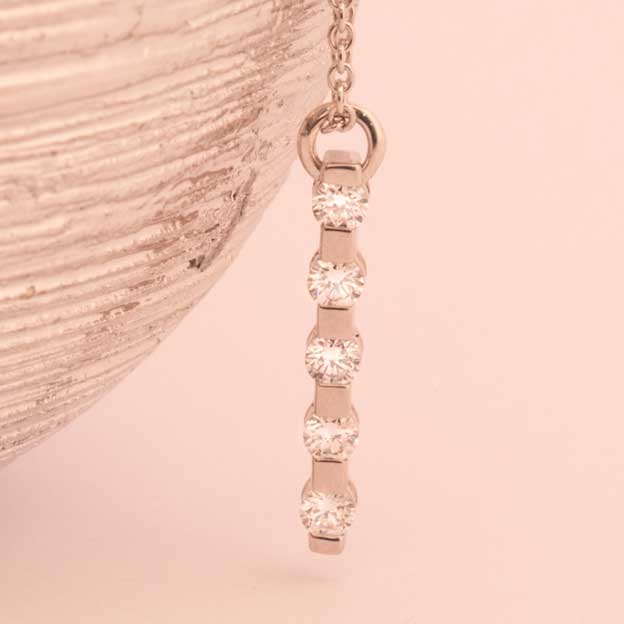
Understanding the 4Cs: Cut, Color, Clarity, and Carat
When it comes to diamonds, the 4Cs (cut, colour, clarity, and carat) tell you a lot about quality.
- Cut determines a diamond's sparkle
- Colour impacts its appearance and rarity
- Clarity affects its purity
- Carat weight influences its size
The 4Cs work together to determine the overall beauty and value of a diamond. Each factor complements the others to create a harmonious balance of brilliance, colour, purity, and size.
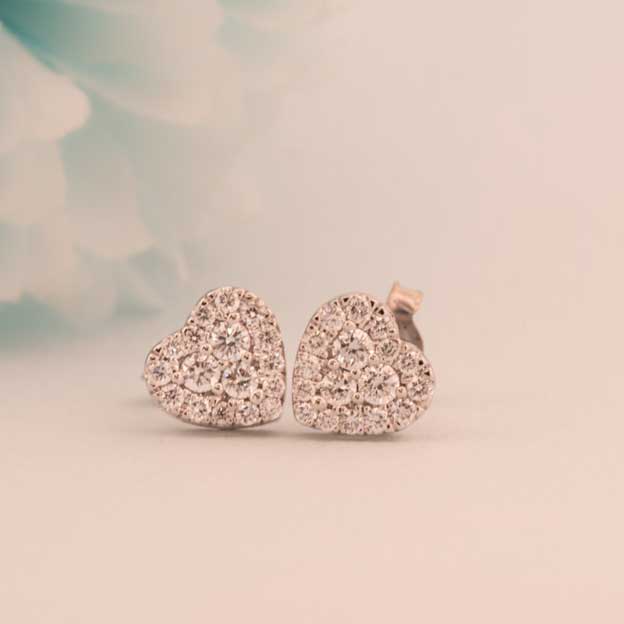
Diamond Cut: Brilliance and Sparkle
A diamond's cut has a big impact on its brilliance, making it crucial to consider when choosing a high-quality gemstone. The cut determines how effectively light interacts with the diamond, maximising its sparkle.
A high-quality diamond will have an excellent/ideal cut. These diamonds are precisely created and perfectly proportioned for maximum sparkle, brilliance, and dispersion. They reflect most of the light that enters the diamond.
Excellent/ideal cut diamonds are incredibly rare and expensive. Very good cut diamonds are almost identical and also reflect almost all the light that enters the gemstone.
Note: Diamond cut isn’t the same as diamond shape. Cut refers to how well the diamond has been cut from the original rough stone. Shape refers to the outline of the diamond, such as the classic round shape or the elegant princess shape.
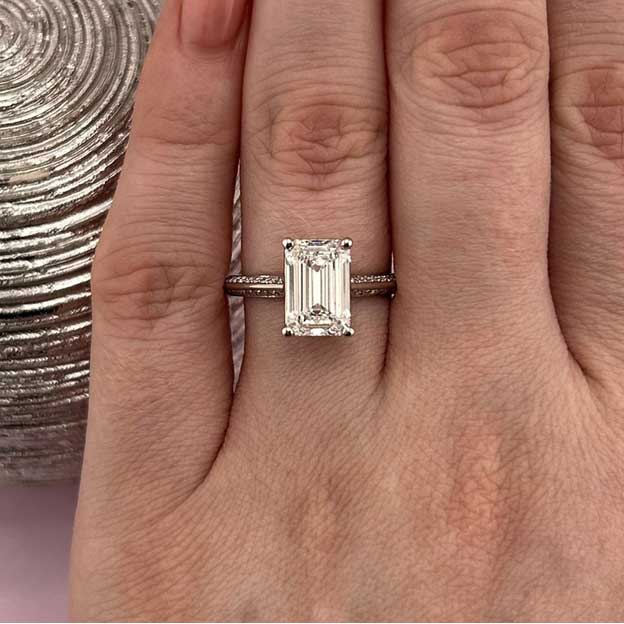
Diamond Colour: Rarity and Beauty
Diamond colour plays a significant role in determining the gemstone’s rarity and overall beauty. The popular clear diamonds range from colourless to light yellow—the yellow shade is caused by the presence of nitrogen when the diamond is formed. The scale runs from D (colourless) to Z (light yellow).
A high-quality diamond will have a D colour rating and be completely colourless. However, there is very little difference between D, E, and F colour rated diamonds. Any of these is an excellent choice, with differences only visible to a professional gemmologist.
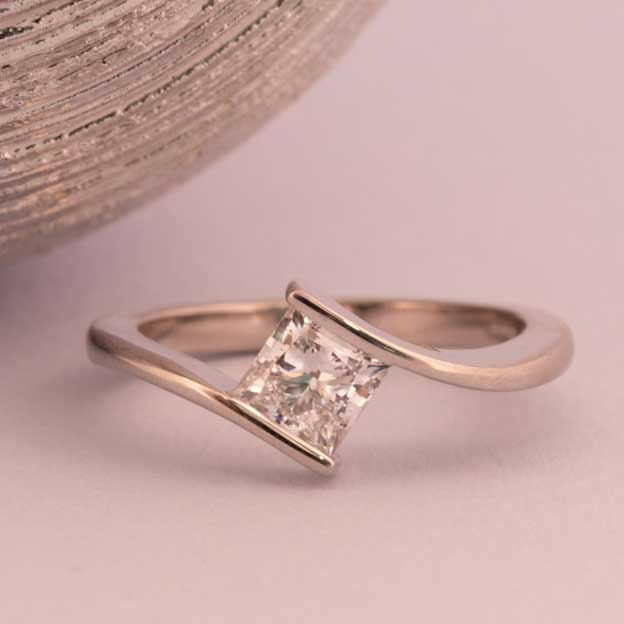
Diamond Clarity: Purity and Flaws
Diamond clarity has a big impact on a diamond's purity and overall quality. Clarity refers to the presence of internal flaws (inclusions) and external blemishes. The scale goes from FL-IF (flawless) down to I1-I3 (included).
A high-quality diamond will have a FL-IF clarity rating. Diamonds this pure are staggeringly rare and very expensive. The highest quality diamonds we offer have a clarity rating of VVS1—these are classed as very very slightly included. They don’t have any visible inclusions, even under 10 x magnifications!
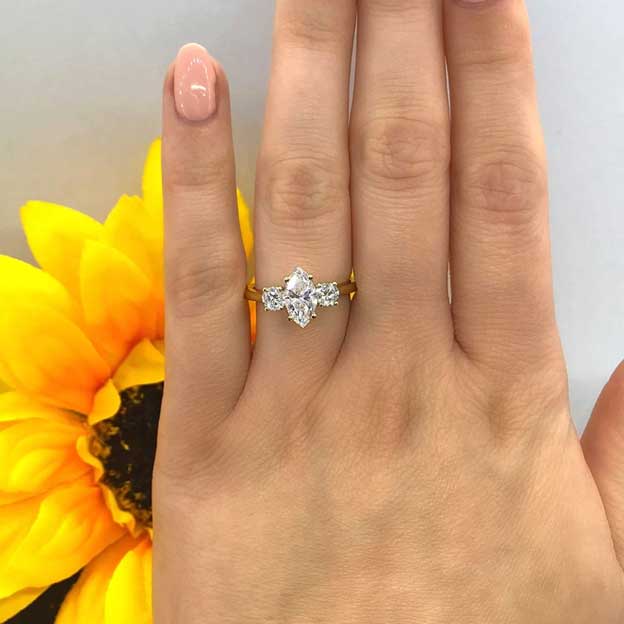
Diamond Carat Weight: Size and Presence
Diamond carat weight is often used to determine its size, but it’s not as straightforward as that. Larger carat weights typically indicate larger stones. But, it's important to consider carat weight alongside other factors such as cut, colour, and clarity to assess overall diamond quality and how big it looks.
Carat weight doesn’t really impact the quality of a diamond—it’s all down to personal preference. A small 0.10 carat diamond can have a better cut, clarity and colour than a large 5.00 carat diamond, making the smaller gemstone higher-quality.
You May Also Like
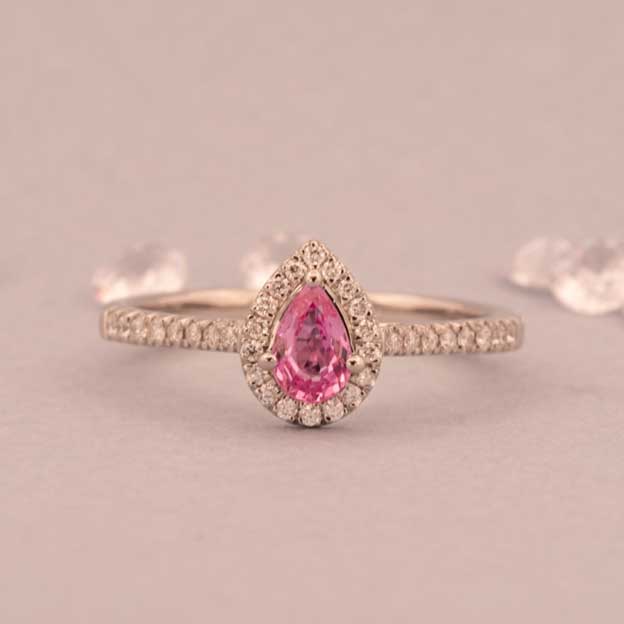
5 Mistakes to Avoid When Buying An Engagement Ring
Don’t be discouraged if you feel intimidated when buying an eng ...

5 Wedding Disasters and How to Avoid Them
No matter how organised and structured your wedding day may be, there& ...
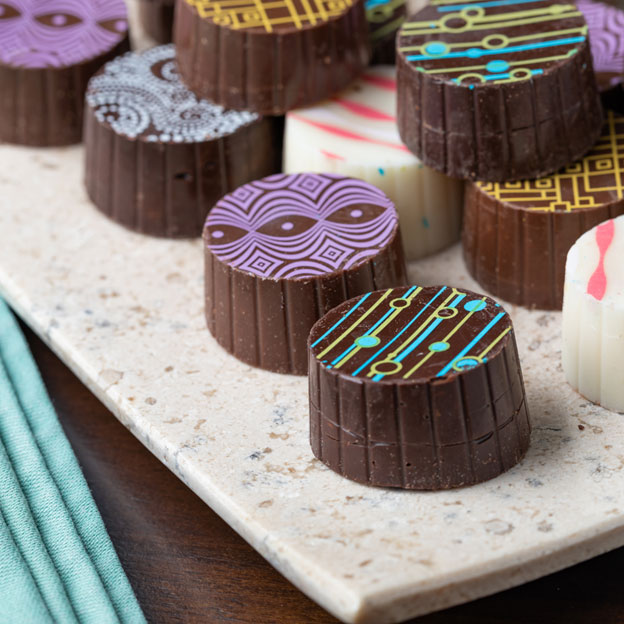
9 Wedding Favours Your Guests Will Love
Your ceremony went exactly as planned and your reception was a huge wi ...
